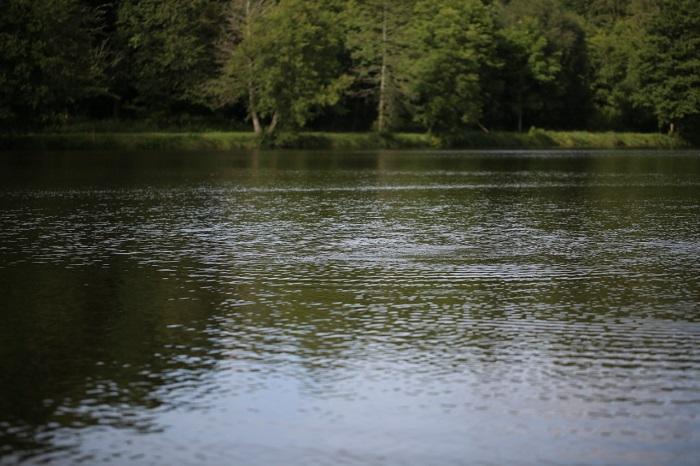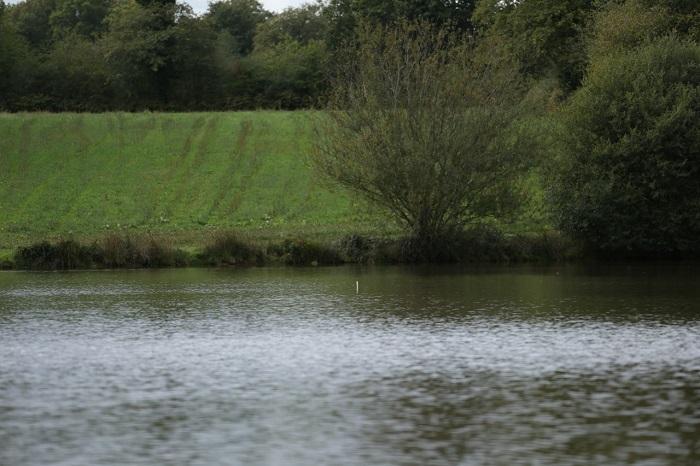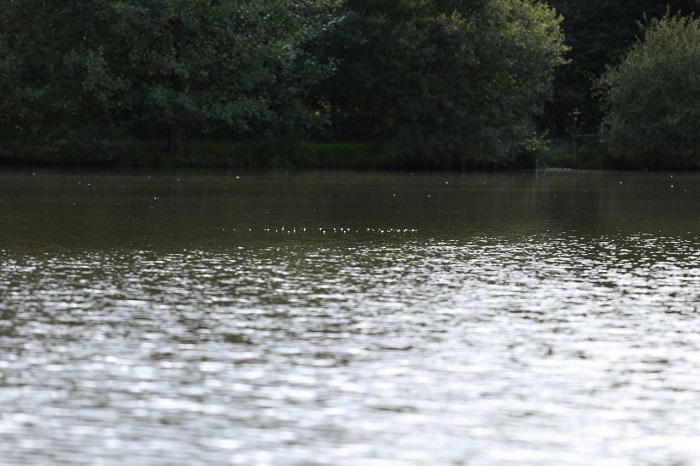Part of the lure of carp angling is its unpredictability, but it’s certainly not a simple game of luck. Rigs and bait are undeniably important, but location is perhaps the key difference between catching and blanking. The concept of watercraft can be hard to pin down – though some anglers definitely have an innate ‘feel’ for their quarry – but its basic principles are built on a platform of common sense. Carp are, quite obviously, free to go wherever they want in lake. But they rarely do. There will be certain areas that many fish will never visit, and certain routes they will use almost daily. If you are arriving at a new lake for the first time then a combination of factors will give you clues to the carp’s whereabouts.
Water Depth
What’s deep and what’s shallow is all relative to a particular lake, but the shallowest water will warm up quickest in mild conditions and is a great place to look for fish during the first sunny days of spring. Active carp can also be found in these spots in winter, though in the coldest months it’s generally accepted that deeper water is a good starting point. Not that you’ll necessarily find them on the bottom in such spots.

Colder water sinks, until the water temperature reaches around 4C and below, at which point it begins to rise again; hence why lakes don’t freeze from top to bottom and the lowest layers of a frozen venue will always be around 4C.
Water takes a lot longer than air to warm and cool, so once winter has set in you are unlikely to see massive fluctuations in water temperature. What can have a greater effect is strong wind, which churns and mixes the water. As a result, deeper water is more stable and, potentially, more comfortable for fish to spend long periods of time in during the winter.
In the colder months, a warming southwesterly wind is often worth fish on the end of (fishing on the northeastern bank), while a colder northeasterly wind might mean it’s more beneficial to target a sheltered southwestern bank ‘on the back’ of the wind. Some waters react very well to choppy conditions in the colder months – just ask the regulars at the relatively shallow Orchid Lake in Oxfordshire.
As most anglers know, carp are cold-blooded so their body temperature is regulated by their surroundings. In the warmer months they are much more active and are far likelier to explore more of the lake. Water depth on its own therefore becomes less of a factor in determining where to find fish – and they’ll probably give you more visual clues to their whereabouts anyway.
Angling Pressure
A sometimes-overlooked factor in watercraft is the impact of other anglers’ actions. Take Brasenose One at Linear Fisheries, for example. It is very well stocked, fairly large and very busy. By and large, the anglers that succeed there are those who can cast farthest and reach that ‘safety zone’ in the middle of the lake that carp like this retreat into away from pressure.
Some fish get used to the disturbances created by anglers, but it can often pay to slip into an unfancied swim in a quiet part of a lake if the main body of water is full of lines.
Lake Features
You could write a book on the underwater topography of lakes and the preferred habitats of carp, but the following should serve as a rough guide on which to build on with your own personal experiences.
On gravel pits, smooth gravel areas have generally been fed on at some point and make a great area for presenting rigs without problems. Silt, which often forms in the gullies between gravel bars, can be home to lots of natural food but rotting silt is much less attractive, so look for fresher stuff. You’ll know by the smell if you bring any in on your marker lead.

Using a marker float to help you understand the composition of the lake bed as well as the depth
Carp love weed for its shelter, warmth and the food items it supports, but it can be tricky to present a rig among it. Even if you can get your hookbait in position it’s worth considering just how feasible it would be to land a fish from a very weedy area.
Another consideration is weed’s relationship with oxygen. In daylight, it pumps out oxygen into the water, which carp love. At night it’s often harder to get bites from weedy areas because the weed is removing oxygen from the water.
A great sign to look for anywhere in a lake is an area of coloured water as that will indicate that the bottom has probably been recently disturbed by feeding fish.
Carp Behaviour
Carp are probably the most demonstrative coarse fish in this country, often performing agile aerobatics or pushing their backs through the surface film on hot days. Spotting them, in summer at least, is sometimes the easiest bit. Working out what their intentions are is trickier, but it’s worth studying the fish whenever you get the chance. Sluggish movement can indicate an unwillingness to feed, while carp that are chasing one another might be looking to spawn rather than eat. More subtle signs like bubbles breaking on the surface can be the key to finding feeding fish.

A patch of bubbles can often be a tell tale sign that carp are present and feeding
In winter, carp are less likely to ‘show themselves’, but birdlife can give you some clues. Birds and carp will often huddle together in similar spots, so don’t be afraid to try casting to an area of heavy bird activity. A startled coot or moorhen can also indicate that it’s just been muscled out of an area by a carp. In winter, if you do find the carp you are much more likely to find a group of them and they are much more likely to stay in that area day after day.



